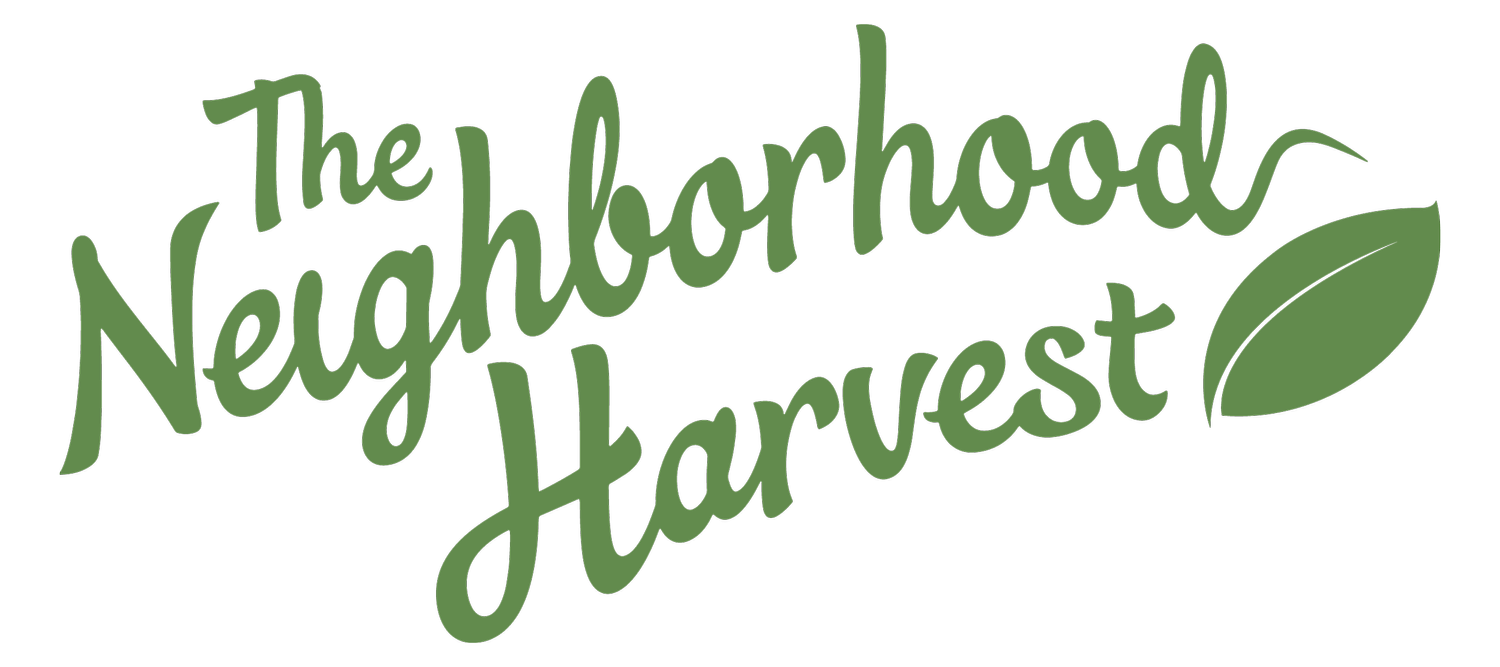Mediterranean Eating: a balanced way of life
By Sandra Porter Leon, MS RDN
It’s official! For the fifth year in a row, according to US News and World Report, the Mediterranean diet is the number one diet in the country, offering a host of health benefits, such as longevity, heart and brain health, cancer prevention, and even diabetes control. In one landmark study published in the New England Journal of Medicine, the Mediterranean diet was even shown to reduce the risk of heart attacks and strokes by 30% in a group of 8000 participants.
The magic ingredients? Plant-based foods, such as fruits and vegetables, legumes, whole grains, nuts, seeds, herbs and spices, are the foundation of the Mediterranean diet. Rich in heart-healthy monounsaturated fatty-acids, olive oil is the main source of added fat, as well as seafood, which is loaded with beneficial omega-3 fatty acids. Generous intakes of these “bioactive” nutrients, such as lycopene and beta-carotene, a low-glycemic index, and reduced intake of saturated fat translates into healthy eating! Dairy and poultry are included in moderation, while red meat (grass-fed, ideally) and sweets are eaten occasionally.
You may be surprised with the many versions of the Mediterranean diet. With over twenty countries bordering the Mediterranean Sea, there are a wide variety of cultural and culinary traditions. “The good news”, says Alice Lichtenstein, professor at Tufts’ Friedman School of Nutrition Science and Policy, “is that a Mediterranean-type dietary pattern can be adapted to many different tastes and preferences.”
The Mediterranean diet, unlike a restrictive diet, reflects a healthy-eating and balanced lifestyle that encourages flexibility. And although plant-based, you can still enjoy your favorite discretionary foods, albeit in moderation. And what’s not to like about a diet that lets you drink a little red wine?
So how can you incorporate some easy suggestions and healthy foods from The Neighborhood Harvest to make your diet more in line with the Mediterranean approach? Let me show you a few ways:
Fruits and Vegetables
Goal: 3 servings of fruit and 3+ servings of vegetables per day (1/2 cup cooked and 1 cup raw) of seasonal fresh fruits and vegetables.
The Neighborhood Harvest: From fresh spinach to zucchini, TNH offers too many choices to list that meet your fruit and vegetable requirements! Build a yummy salad with arugula, cucumbers, and tomatoes. Add classic Greek ingredients like feta cheese and sun-dried tomatoes with a splash of olive oil! With fresh local peaches, blackberries, and blueberries just around the corner, enjoy these delicious and anti-inflammatory goodies from our local farmers.
Legumes (Beans and Lentils)
Goal: 3 servings per week (1 serving =1/2 cup)
The Neighborhood Harvest: Regular and garlic hummus are perfect dips, but get ready for new delicious entrees and sides that will not only add flavor, but plant-based protein! Summer succotash and three-bean medley are on the way.
Extra Virgin Olive Oil
Goal: 1 Tablespoon per day
The Neighborhood Harvest: Use our delicious Piqual olive oil instead of vegetable oil and animal fats (butter, sour cream, mayonnaise). Drizzle on salads, cooked vegetables, pasta or as a dip for bread.
Fish (especially fish rich in omega-3 fatty acids, like salmon and branzino)
Goal: 3 servings per week (1 serving = 3-4 ounces)
The Neighborhood Harvest: We hope you are enjoying Mediterranean favorites like Branzino with Farro and Vegetables; Crab Cakes; Shrimp Paella; and Ratatouille! Stay tuned for even more healthy fish meals like quinoa-encrusted salmon and salmon cakes, delicious and healthy entrees developed by our talented kitchen team.
Nuts
Goal: 3 servings per week (1 serving = 1 ounce or ¼ cup or 2 T nut butter)
The Neighborhood Harvest: Add to hot or cold cereal, salad and yogurt. Choose raw or dry roasted varieties alone or with dried fruit as a snack. Pumpkin seeds and granola are a TNH favorite!
As you can see, the range of culinary options in a traditional Mediterranean diet provides a lot of flexibility. With a little help from The Neighborhood Harvest menu, you’re well on your way to making this lifestyle diet part of your daily routine.
